All week long, Jeffrey Morgenthaler of Portland's Clyde Common and Pepe Le Moko will be sharing recipes and techniques from his new book, The Bar Book: Elements of Cocktail Technique. Follow along to win one of five copies we’re giving away -- and to perfect your at-home cocktails.
Today: All about choosing and juicing citrus, plus a famed daiquiri variation to use it all up.
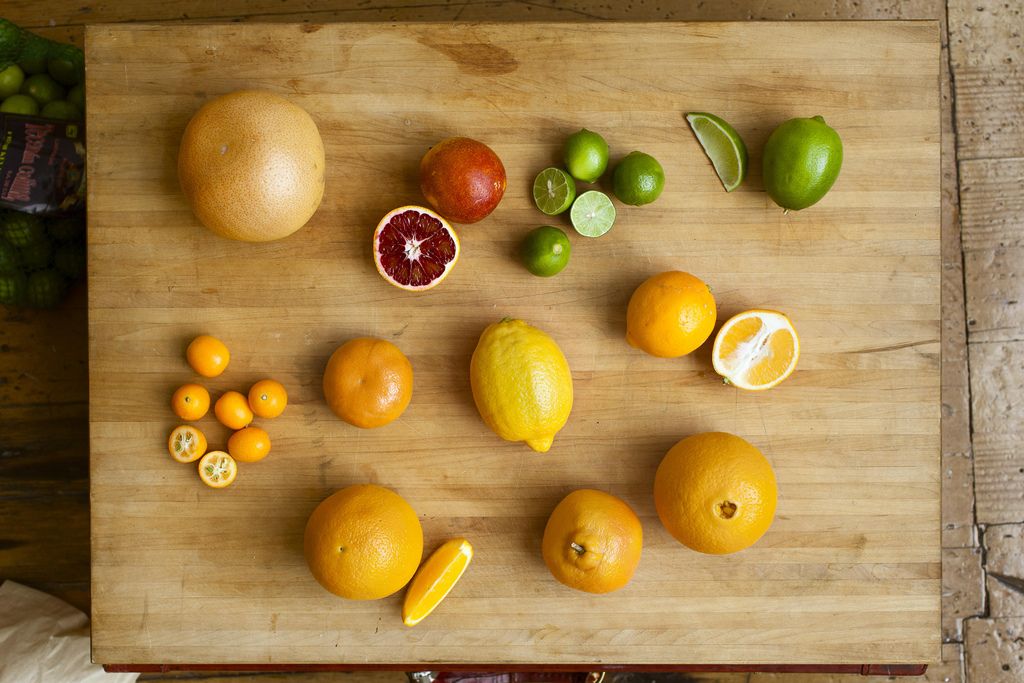
Every day at my bar, we typically juice around one case of lemons, three quarters of a case of limes, half a case of grapefruit, and half a case of oranges. That’s every single day. When I see how much citrus we go through on an average busy day and night, I think back to the first cocktail bar I worked in.
Every morning it was the daytime bartender’s job to head over to the grocery store across the street and pick up a pack of Virginia Slims for the daytime cook, one of those big metal cans of grapefruit juice, and six limes and six lemons for garnishing gin and tonics and iced teas. I remember clearly that at one point, the woman who was training me informed me that “limes and lemons are actually the same thing; limes are just unripened lemons.” That wasn’t really too long ago, but I feel like we’ve all come a long way.
Citrus is so ubiquitous in cocktails nowadays that it’s often taken for granted. Back when I came of age and started hanging around in bars, drinks were being made with canned, neon-green sour mix, and nobody thought twice about it. These days, we shouldn’t think of using anything other than fresh-squeezed juice in our cocktails. And yet, as today’s craft bartenders turn their attention to things such as apothecary herbs and esoteric tinctures, the basic lemon or lime still doesn’t really get the attention it’s due.
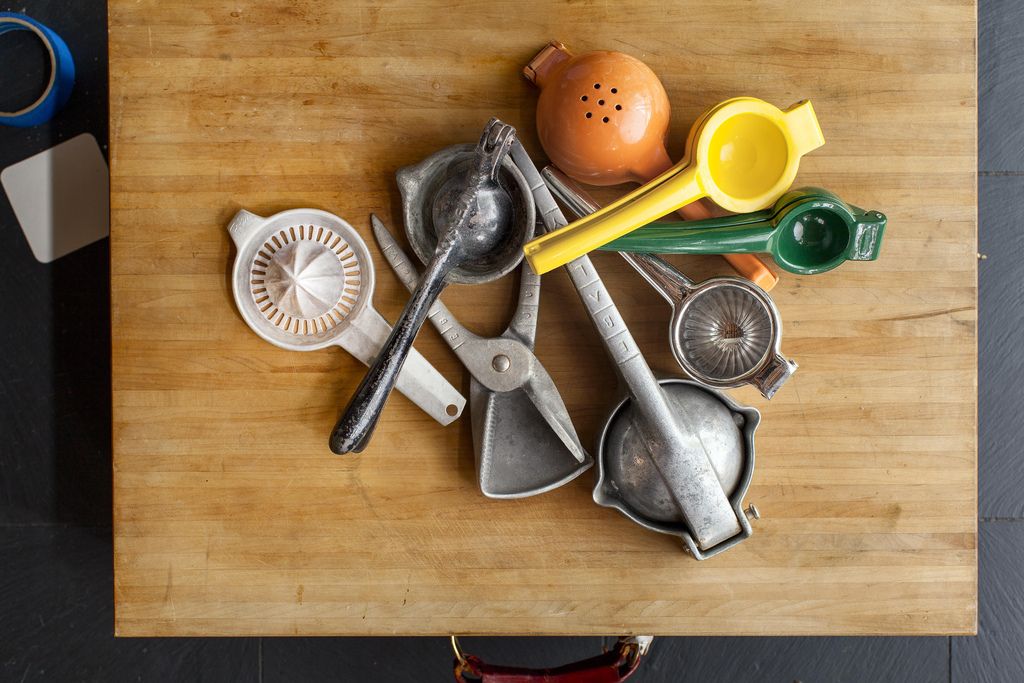
Citrus in all its forms brings much to the party: Quarters are muddled, peels are zested, oils are extracted, and wedges are squeezed over the top. But it’s the juice -- sour, fresh, pungent, bracing juice -- that brings the most to the world of cocktails.
Which is why it’s absolutely critical that you know how to choose, store, and handle citrus fruit, and then coax out the best quality juice from it. Here's what you need to know about your citrus in order to make a proper cocktail.
As with everything that you’ll use to make a cocktail, the first criterion when choosing citrus is freshness. With pretty much every other food type, I would advocate working with a local grower, but unless you’re living in a climate along the lines of California’s, Costa Rica’s, or Morocco’s, that may not be feasible.
Fortunately, most citrus has a moderately long shelf life and will stay bright and delicious for up to a week after you buy it. The specific characteristics that you need to look for when choosing citrus will depend on what you’re going to do with it. When we select citrus at our bar, we place the fruit into one of two categories: fruit for juicing and fruit for garnishes.
More: Pick up our favorite citrus press on Provisions.
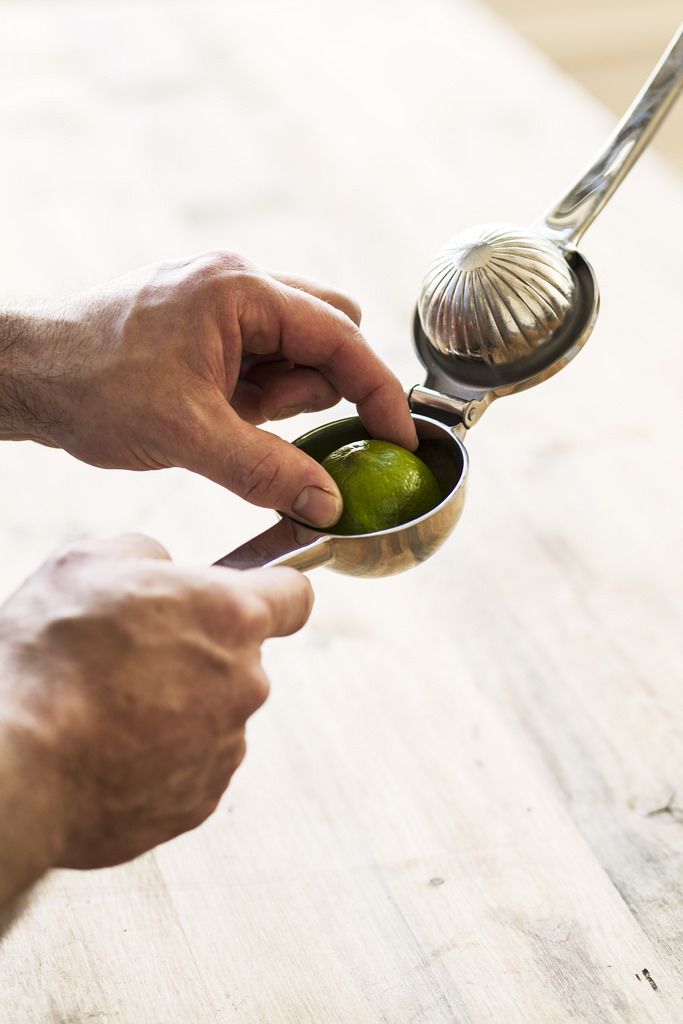
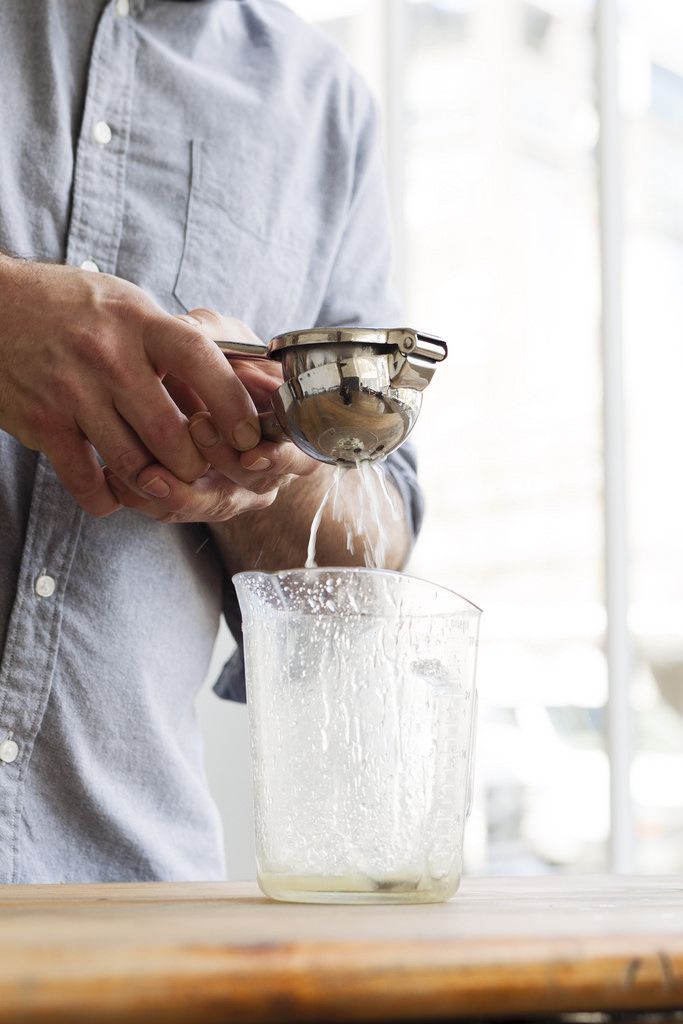
How to pick citrus for juicing:
Citrus fruit that is to be juiced should be plump, on the soft side, and heavy for its size, with the thinnest and smoothest skin possible, which is an indication of more juice-producing contents. And a thin, supple skin just makes it easier to squeeze. The skin color of juice fruit doesn’t matter much; nor do a few blemishes.
How to pick citrus for garnishing:
For garnishes, I want citrus with thicker skin or a pebbled surface, and a bright, even color. I also want fruit that hasn’t been treated with pesticides and isn’t coated with wax. Unfortunately, you usually don’t get it all in the same piece of fruit, but for both juice and garnish fruit, choosing organic is always a good start.
More: Here are 14 more fruits and vegetables you should always try to buy organic.
How to get the most juice from your citrus:
There’s a lot of conjecture these days about which trick extracts the most juice from citrus fruit. Some people swear by rolling and pressing the fruit on the counter, to crush the juice sacs inside. Some think a warmer piece of fruit yields more juice than a straight-from-the-fridge one, and some people even recommend microwaving the citrus in order to extract more juice (I definitely passed on this method). Rolling the fruit and bringing them to room temperature both made sense to me in theory, but I’d never really investigated these options myself, so I tested them all.
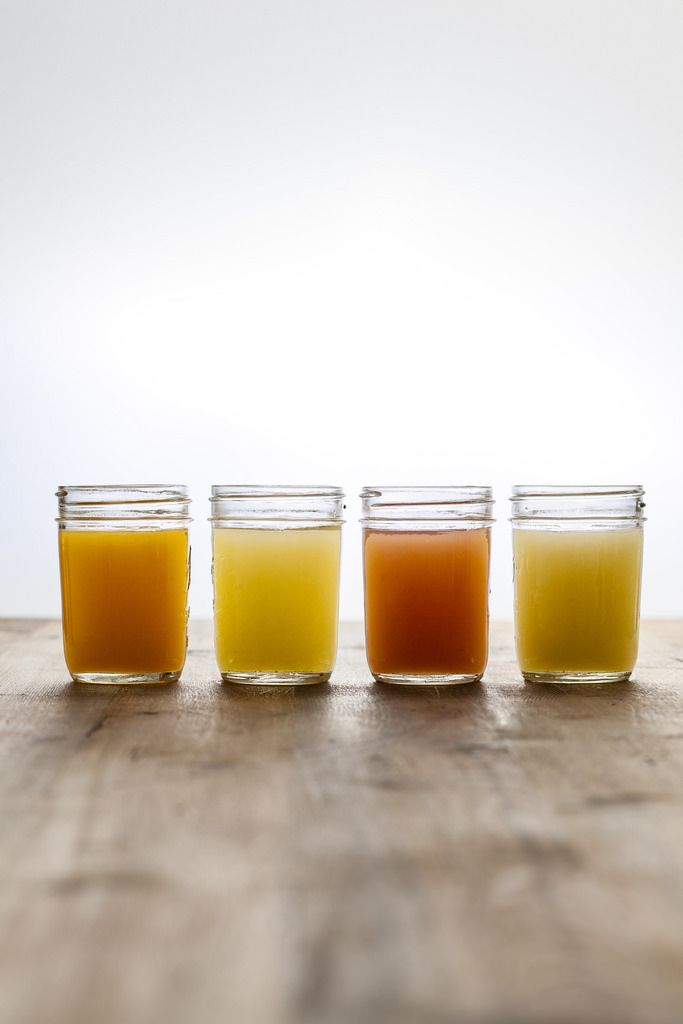
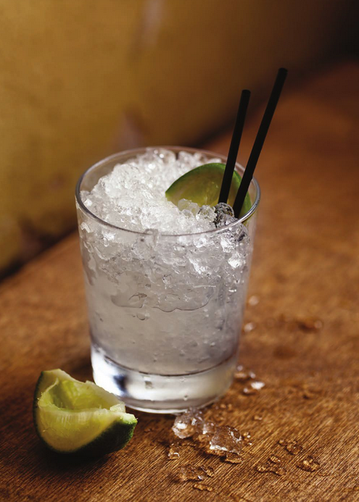
If you take a close look at my results, you see some pretty good news: Going through the extra step (rolling the fruit) doesn’t make a whole lot of difference. You can keep the fruit fresher, colder, and spare yourself some effort -- while still ending up with the best yield -- by simply storing it in the fridge.
One of my favorite citrus-based cocktails is this daiquiri, made famous by Cuban bartender Constantino Ribalaigua Vert in the 1930s and ‘40s. This famed Daiquiri No. 3 was consumed in massive quantities by Ernest Hemingway, though he took his "without sugar and double the rum," which became the legendary Hemingway, or Papa doble, daiquiri. Personally, I find the Hemingway Daiquiri repulsive and instead prefer Constantine’s original.
Daiquiri No. 3
Serves one
2 ounces (60 milliliters) white rum
1/2 ounce (15 milliliters) double simple syrup (see note)
1/2 ounce (15 milliliters) fresh lime juice
1/4 ounce (7.5 milliliters) grapefruit juice
1 teaspoon (5 milliliters) maraschino liqueur, preferably Luxardo
1 lime wedge for garnish
See the full recipe (and save it and print it) here.
We're giving away a copy of The Bar Book every day this week! To enter to win today's copy, tell us in the comments: What's your favorite rum drink? We'll pick five winners at random next Monday, July 21!
Photos by Alanna Hale. Excerpted from the book The Bar Book: Elements of Cocktail Technique by Jeffrey Morgenthaler. Reprinted with permission from Chronicle Books. All rights reserved.







See what other Food52 readers are saying.